
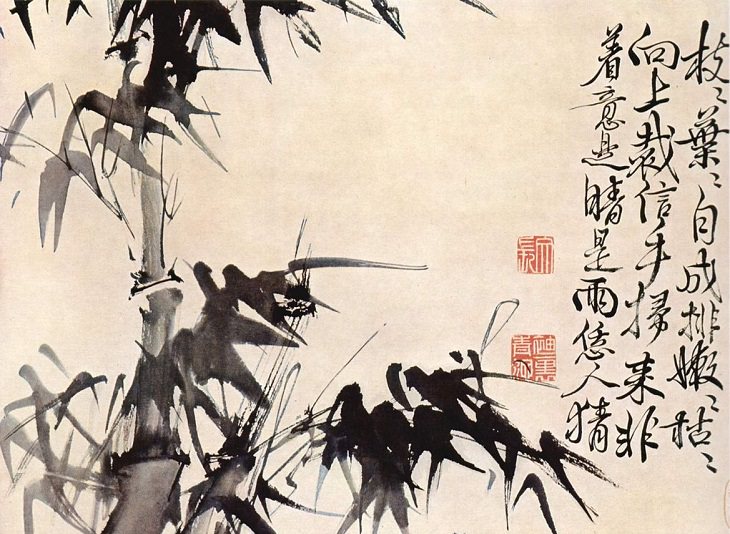


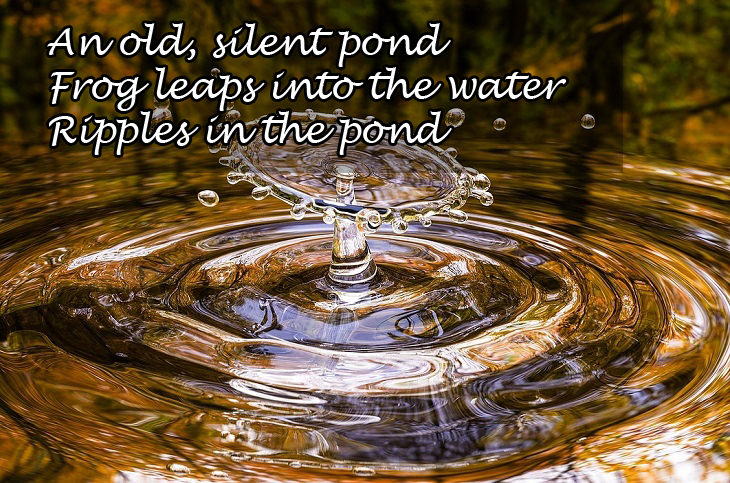


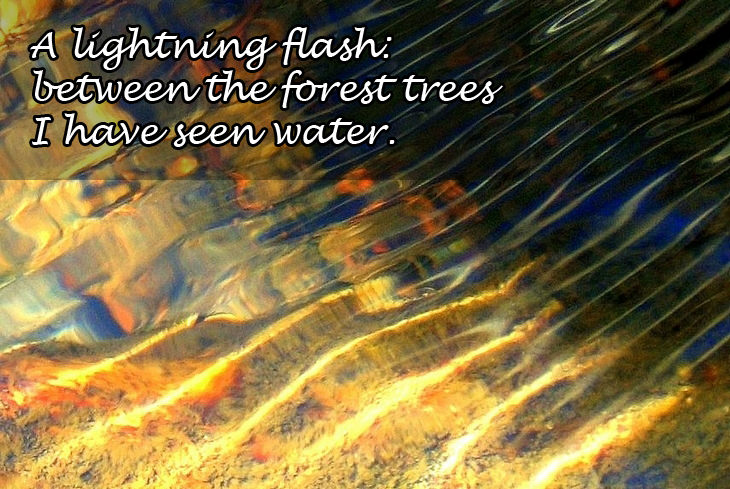
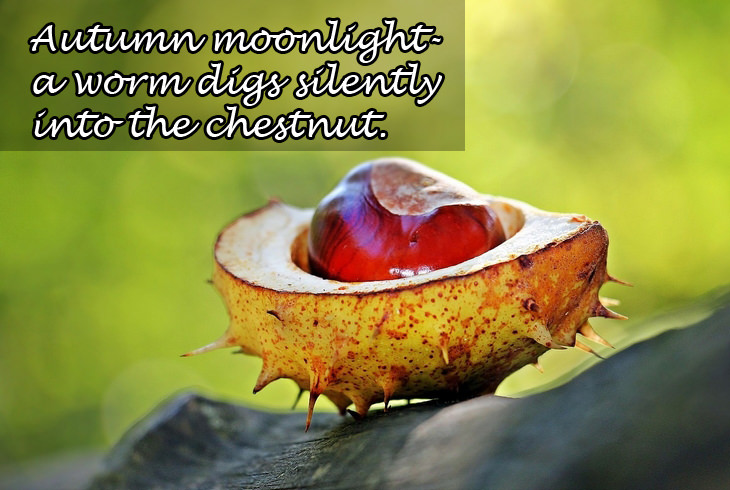
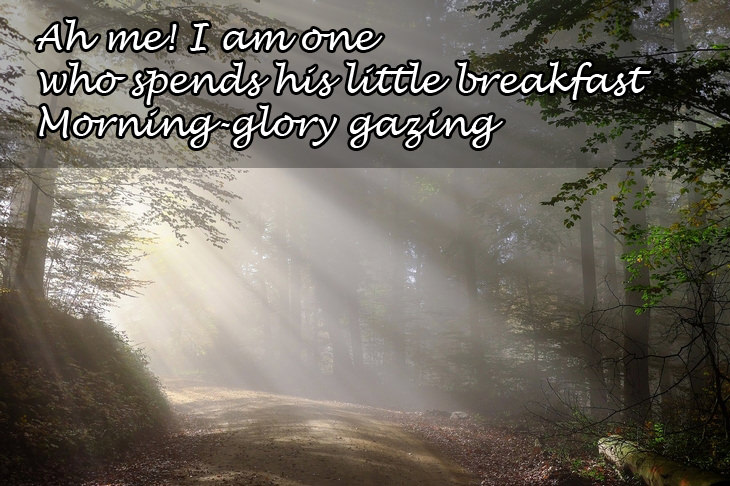
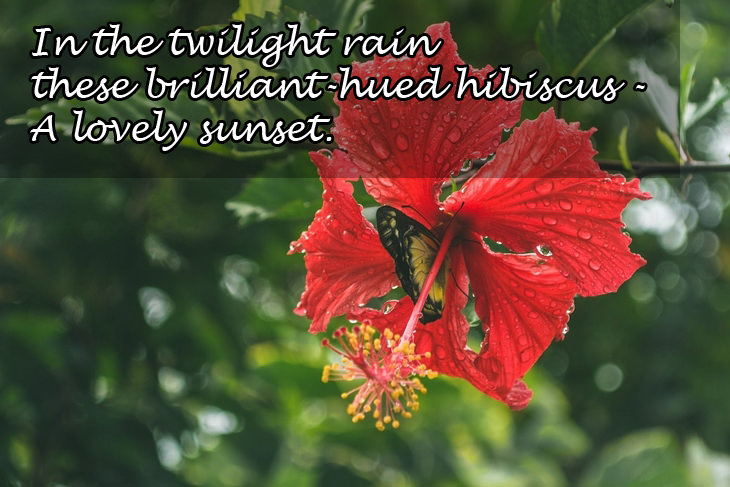


5 Turmeric-Based Facial Masks For Removing Hair
Turmeric is a wonderful spice from India that has a whole myriad of different applications. Here's how to make 5 turmeric-based masks for unwanted hair removal.
 1:00:42
1:00:42
Take Yourself on an Hour's Travel to the Whimsical Alps
If you're not particularly fond of hiking but still enjoy a good mountain view, this video should be right up your alley.
 8:37
8:37
People Hire This Man to Literally Do Nothing
People in Japan hire this man to literally do nothing with them. Why is his service so popular?

7 Evocative William Wordsworth Poems to Reflect On
Explore the meaning behind some of William Wordsworth's most celebrated poems

This Poem Reminds Us of Everything to be Grateful For
Let us take this poem as a moment of gratitude for the memories we collected during spring and summer.
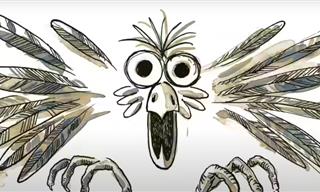 2:11
2:11
Classic Poetry Illustrated: Jabberwocky by Lewis Carroll
This poem is one of the most outstanding and special in the entirety of the English language. Listen to a beautiful reading of it right now...

If I Didn't See This Artist At Work, I'd Never Believe Him!
Italian Artists Marcello Barenghi can create the most astoundingly realistic-looking hand drawings.

The 10 Best Movies For Strengthening Your Relationship
Do you feel like you're getting into a bit of a rut with your beloved? Try watching one of these 10 great movies and you'll be loved up again in no time.

16 Brilliant Embroidery Works You Need to See Now!
Embroidery, an ancient art form, has found new life in the digital age through the power of social media. Here are some stunning examples.
 4:33
4:33
These Angelic Singers Will Take You to Another World...
This has become one of my most favorite performances.

The Art World Was Scandalized By This Artist's Smile
Vigée-Le Brun quickly rose to fame, but at the start of her career she was criticised over a smile. Take a look at some of her work.

14 Fantastic Magic Tricks and Illusions You Really Must See
Magic tricks are always fun to watch! So, in this post, we bring you 14 of the best magic tricks and illusions that have been featured on Baba-Mail.
 1:56
1:56
If You're a Married Man, This Song Has Some Advice For You!
Timothy Hawkins, in this hilarious song, sings about what you should not say to your wife if you want a long life. This will make you cry with laughter!
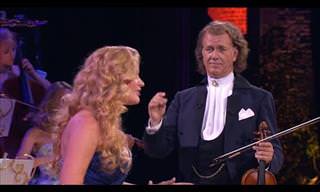 4:30
4:30
André Rieu Lets An Incredible Singer Amaze Us All..
When she sings, magic is returned to the world...
 4:31
4:31
These Dancers Are Beyond Anything I've Ever Seen.
Stunning Ballet Acrobatic Performance you have to see to believe.
 10:45
10:45
The Magic Begins When These Wooden Sculptures Start Moving
Kinetic sculptures are moving art pieces that marry physics and art into a mind-boggling combination no one should miss out!

Photos Of Famous Artists’ Muses Alongside Their Portraits
How did the models painted on world-famous portraits look like in real life, did they look anything like the paintings they inspired?
 5:32
5:32
Andre Rieu Sings a Wonderful Song For a Beloved Singer
Andre Rieu and Orchestra Playing Heal The World By Michael Jackson
 4:14
4:14
Listen to Andrea Bocelli in an Epic Duet with a Cello
We encourage you to take a few minutes out of your busy day to enjoy this performance of Anre Bocelli
 5:44
5:44
When Done Right, Shadow Dancing is Incredible to Watch!
This amazing act brings shadows to life in incredible detail and beauty.
 3:25
3:25
Ever Thought Music and Humor Don't Mix? Think Again!
This performance is a stunning mixture of beauty and humor. Definitely worth a watch!
 2:16
2:16
These 3 Girls Made the Judges Stand Up in Praise!
The performance of these young ladies dancing the Pinga dance is so impressive!

These Cakes are So Gorgeous and Creative...
We've seen amazing food art before, but these really take the cake...

What Patience This Artist Must Have to Create Such Detail
What may seem like a pop-up book at first, is actually elaborate paper architecture.

I Can’t Take My Eyes off These Gorgeous Lion Paintings
Enjoy this incredible collection of the most gorgeous classic lion paintings.
 5:58
5:58
Andrea Bocelli Never Ceases to Amaze! Watch This Show
Andrea Bocelli never ceases to amaze and this performance is no exception.
 5:33
5:33
Watch These Latin Sister Acrobats Showcase Their Skills!
Take a few minutes to watch the show, you won't regret it!
 3:57
3:57
This Chinese Wushu Mass Performance is Absolutely Awesome
It's Spring festival 2019, and in China they are doing an incredible Wushu Shaolin performance.
 3:27
3:27
100 Years of Dance: a Visual of How Dance Culture Evolved
Decide which is your favorite 20th-century dance genre by watching these dancers reproduce the most popular styles of the past century

Lifelike Animal Sculptures Made of Cardboard - Stunning!
Believe it or not, these realistic animal sculptures are all made of a material that is found in ample supply in most homes - old cardboard boxes.
 1:59
1:59
Mary Poppins by André Rieu is Pure Delight!
André Rieu and the Johann Strauss Orchestra perform the famous Mary Poppins song, Supercalifragilisticexpialidocious. Watch a video of the performance.
 4:13
4:13
Watch 32,000 Dominoes Fall in Perfect Synchronisation
We present to you 4 minutes of uninterrupted and absolutely incredible domino action, chock full of bright colors and great pictures.
 2:41
2:41
Can You Believe How Well This Man Plays Vivaldi's Summer?
Listen to this gentleman play Vivaldi's Summer. It is impressive!
 16:06
16:06
This Beautiful Boléro Builds to An Epic Crescendo!
Valery Abisalovich Gergiev conducts the classic Boléro by Ravel in a gorgeous video.

Spectacular Art Will Take You to the East During the 1800s
From his travels, American artist Edwin Lord Weeks created some spectacular art. Take a look at his work.

Some of the Best Painters Show Their Most Famous Paintings
A beautiful collection of our most beautiful painting posts, each by a talented painter from recent centuries. This is a huge collection of classic paintings.

Feast Your Eyes on 10 of the World's Greatest Sculptures
The world is full of wonderful sculptures that amaze people and get them talking. Here are 10 such sculptures!
 3:39
3:39
This 'Frozen' Shadow Dance Is Out of This World
Shadow Theatre VERBA presents their performance called 'Frozen', which has already enchanted millions of people from around the world.
 5:31
5:31
Even With a Cello, These Guys Are Absolute Stars
If you only associate the cello with one type of music, you are underestimating this instrument's versatility!

Nostalgia: 12 Great Songs by The Mamas and The Papas
If you're a fan of The Mamas and The Papas, you're going to love this collection of their greatest song.

These 15 Showstopping Designs Truly Take the Cake...
These cake designs prove that there's more to cake making than just mixing up a few ingredients in a bowl, as these creations are true art!

These Paintings and Sculptures Have Something to Hide...
Did you know that these famous paintings and sculptures had all of these hidden things incorporated into them? Find out all about them here.

All Lovers of Films Should Watch These 7 Epic Biographies
Looking for your next cinematic obsession? You can't go wrong with these 7 epic biographical films.
 2:40
2:40
Amazing Performance: The Levitating Woman!
Stevie Pink amazes the crowd of reality show 'Britain's Got Talent' as his assistant simply.. floats, without any indication that she is being held up by anything! An amazing sight to see, and beautifully performed!
 2:38
2:38
This Nuance Light Dance is Unlike Any Dance You've Seen
You may have seen many forms of dance, but I'll bet you've never seen something like this...
 3:27
3:27
This Magic Trick Uses Technology to Dazzle the Audience
Let these identical twins dazzle you with their outstanding magic performance.
 1:40
1:40
This Elegant Gymnast Will Amaze You!
World renown Rhythmic Gymnast Evgenia Kanaeva shows us her perfect form in a remarkable display.


